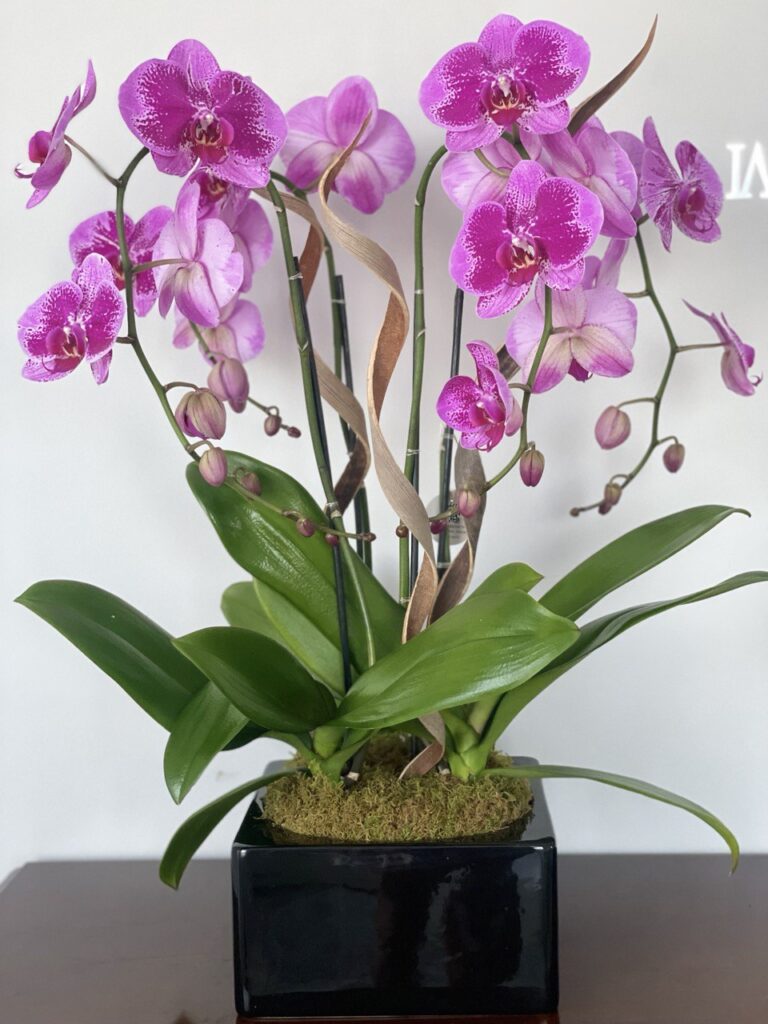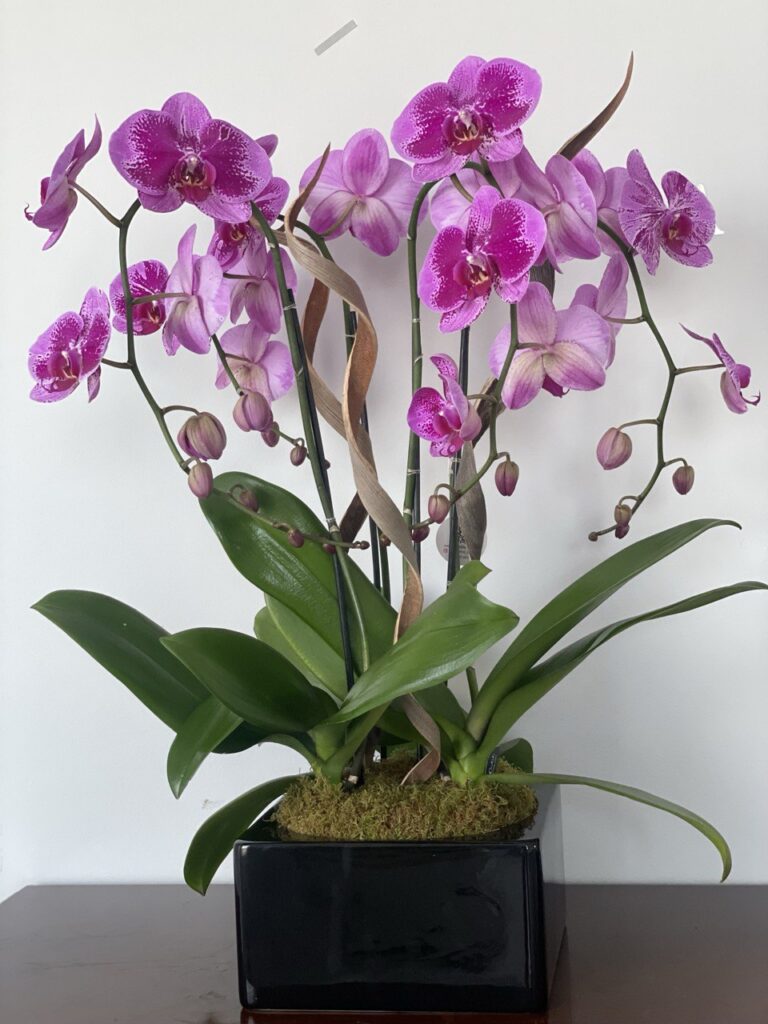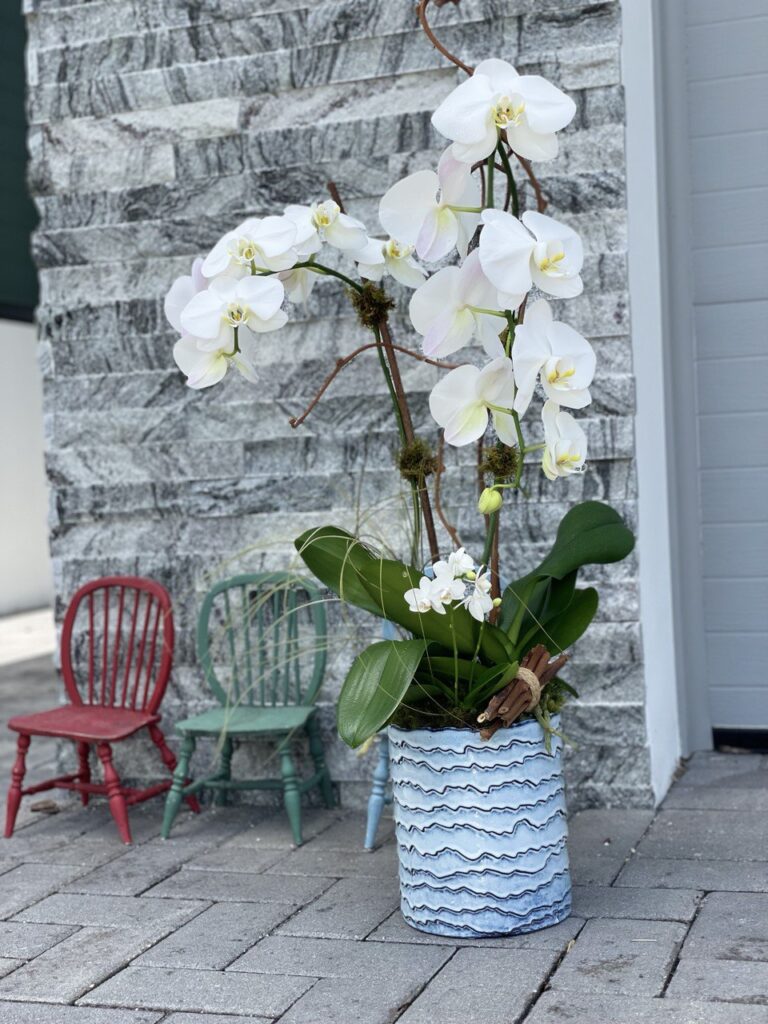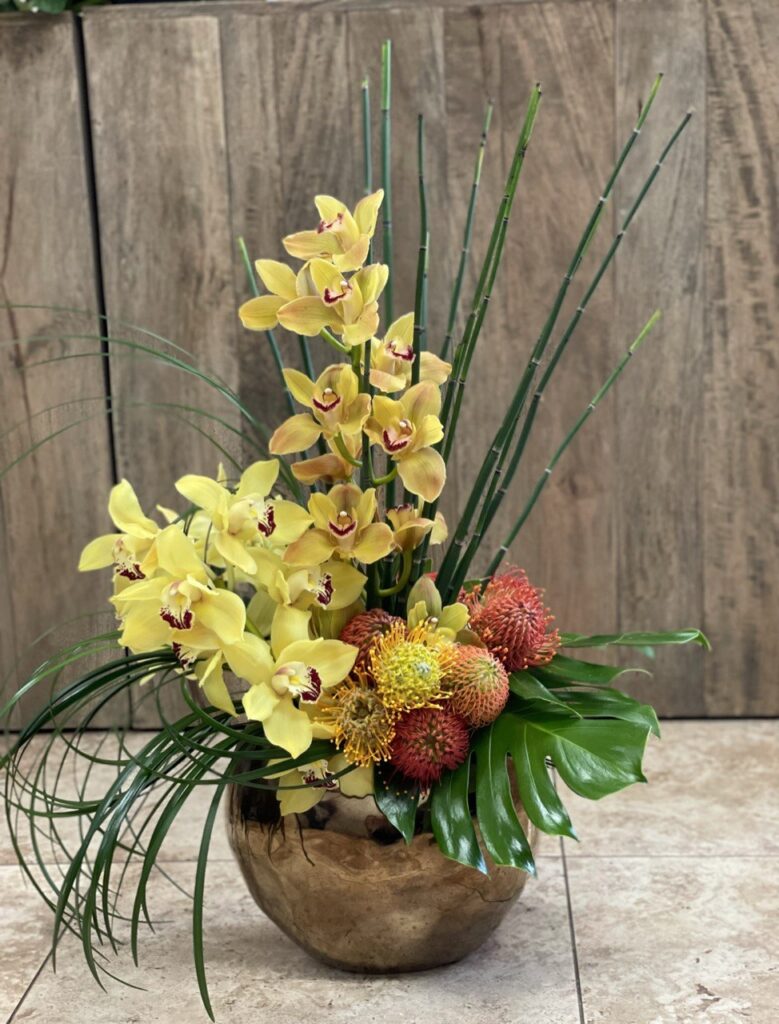Orchids, belonging to the family Orchidaceae, are one of the largest and most diverse groups of flowering plants known to botanists. With over 25,000 species and countless hybrids, orchids exhibit a remarkable range of shapes, sizes, and colors. The fascination with orchids dates back centuries, with their discovery and cultivation recorded in ancient Chinese and Aztec civilizations. These cultures revered orchids not only for their beauty but also for their purported medicinal properties.
What sets orchids apart from other flowering plants is their intricate flower structure. Each orchid flower typically has three petals and three sepals, with one of the petals, known as the labellum or lip, often distinctly different in shape and color to attract pollinators. This unique morphology contributes to their allure and has made them a subject of extensive study among botanists and horticulturists alike.
Globally, orchids hold significant cultural and symbolic value. In East Asia, particularly in China and Japan, orchids symbolize refinement, beauty, and nobility. The ancient Greeks associated orchids with fertility and virility, while in Victorian England, they were considered a symbol of luxury and sophistication. Today, orchids are admired worldwide, with enthusiasts cultivating them for their aesthetic appeal and the challenge they present in terms of care and propagation.
The global popularity of orchids can be attributed to their sheer diversity and the captivating beauty of their blooms. Orchid shows and exhibitions draw crowds of admirers, and orchid hunting has become a passionate pursuit for many. Whether grown as houseplants or in specialized greenhouses, orchids continue to enchant and inspire, offering a glimpse into the incredible diversity of the natural world.
The Ecological and Biological Diversity of Orchids
Orchids, as one of the largest and most diverse families of flowering plants, exhibit remarkable adaptability to various environments. These enigmatic plants can be found thriving in an extensive range of habitats, from the lush canopies of tropical rainforests to the sparse, arid deserts. This extraordinary adaptability is a testament to their evolutionary success and biological versatility.

In tropical rainforests, orchids often grow as epiphytes, attaching themselves to trees and deriving moisture and nutrients from the air and surrounding debris. This adaptation allows them to capitalize on the abundant light and reduce competition for resources on the forest floor. Conversely, terrestrial orchids, which grow on the ground, are well-suited to temperate and subtropical regions, where they can be found in meadows, grasslands, and woodlands. Some species have even adapted to survive in extreme conditions, such as the cold tundras or the dry, hot climates of deserts, by developing specialized water storage tissues and other survival mechanisms.
Central to the survival and proliferation of orchids is their intricate relationship with fungi, known as mycorrhizae. These symbiotic relationships are crucial during the early stages of an orchid’s life cycle, as the fungi assist in seed germination by providing essential nutrients. In return, the fungi benefit from the carbohydrates produced by the orchid through photosynthesis. This mutualistic interaction underscores the complex ecological networks that orchids depend on.
Orchids also exhibit unique and highly specialized pollination strategies, often involving intricate interactions with specific pollinators. Many orchids have evolved to attract particular insects, birds, or even mammals, using a combination of visual cues, scents, and deceptive mechanisms. Some species mimic the appearance and scent of female insects to lure males, ensuring the transfer of pollen. Others produce nectar or have developed elaborate structures that facilitate precise pollination by their chosen pollinators. These strategies highlight the evolutionary ingenuity of orchids and their ability to adapt to and thrive in diverse ecosystems.
Popular Orchid Varieties and Their Unique Features
Orchids are a diverse and mesmerizing family of flowering plants, with each variety offering a unique blend of visual appeal and intriguing characteristics. Among the most popular and widely cultivated orchids are Phalaenopsis, Cattleya, Dendrobium, and Vanda. Each of these varieties has its own distinct features, captivating the hearts of gardeners and enthusiasts alike.
Phalaenopsis (Moth Orchids) are perhaps the most recognized and easiest to grow of the orchid family. Named for their resemblance to moths in flight, these orchids boast broad, flat petals that come in an array of colors, including white, pink, and yellow. Phalaenopsis orchids are valued for their long-lasting blooms and minimal care requirements, making them an excellent choice for beginners. They thrive in environments with moderate humidity and indirect light.

Cattleya orchids, often referred to as the “Queen of Orchids,” are famous for their large, showy flowers and delightful fragrance. These orchids typically have bold, vibrant colors, and their blooms can reach up to six inches in diameter. Cattleya orchids require bright light and good air circulation to flourish. Known for their use in corsages, these orchids symbolize elegance and are a favorite among collectors.
Dendrobium orchids are a versatile and diverse group, with species that vary significantly in appearance and growth habits. These orchids are known for their slender stems and clusters of delicate flowers that can be found in shades of white, purple, and green. Dendrobium orchids prefer a warm climate and high humidity, and they require a distinct rest period to encourage blooming. Their adaptability makes them suitable for a variety of growing conditions.
Vanda orchids are renowned for their striking, vivid colors and impressive flower size. These orchids are typically grown for their vibrant blue, purple, and red hues. Vanda orchids prefer high humidity, strong light, and ample air movement, making them a bit more challenging to cultivate. However, their breathtaking blooms are well worth the effort, often used in floral arrangements and decorative displays.
In summary, each orchid variety brings its own unique charm and beauty to the garden, offering an array of colors, shapes, and fragrances that can captivate any orchid enthusiast. Understanding their specific care requirements ensures that these exquisite plants continue to thrive and enchant for years to come.
Tips for Growing and Caring for Orchids
Successfully growing and caring for orchids requires an understanding of their unique needs and a commitment to providing the optimal environment. The first step in orchid care is selecting the right variety for your specific conditions. With thousands of orchid species available, it’s essential to choose one that will thrive in your local climate and indoor environment. Commonly recommended varieties for beginners include Phalaenopsis, Cattleya, and Dendrobium, known for their resilience and ease of care.

Light and temperature are critical factors in orchid cultivation. Orchids generally prefer bright, indirect light. Placing them near an east or west-facing window is often ideal. Too much direct sunlight can scorch the leaves, while insufficient light can inhibit blooming. As for temperature, most orchids flourish in a range between 65°F to 75°F during the day and slightly cooler at night. Maintaining this temperature range will help simulate their natural tropical habitat.
Watering orchids can be challenging due to their sensitivity to overwatering. It’s best to water orchids once a week, ensuring the potting medium is dry before the next watering. Employing the “soak and dry” method can be effective, where the plant is thoroughly watered and allowed to dry out completely. Feeding orchids with a balanced, water-soluble fertilizer every two weeks during the growing season will provide the necessary nutrients for robust growth and vibrant blooms.
Repotting orchids is another crucial aspect of their care. Generally, orchids should be repotted every one to two years, or when the potting medium begins to decompose. Using a well-draining orchid mix and a pot with adequate drainage holes is essential to prevent root rot. Gently remove the orchid from its current pot, trim any dead roots, and place it into the new pot with fresh medium.
Common problems faced by orchid growers include pests such as aphids, spider mites, and scale insects. These can be managed with regular inspection and the application of insecticidal soap or neem oil. Diseases like root rot and fungal infections can be mitigated by ensuring proper air circulation and avoiding waterlogged conditions. By addressing these issues promptly, orchid enthusiasts can ensure their plants remain healthy and continue to flourish.





